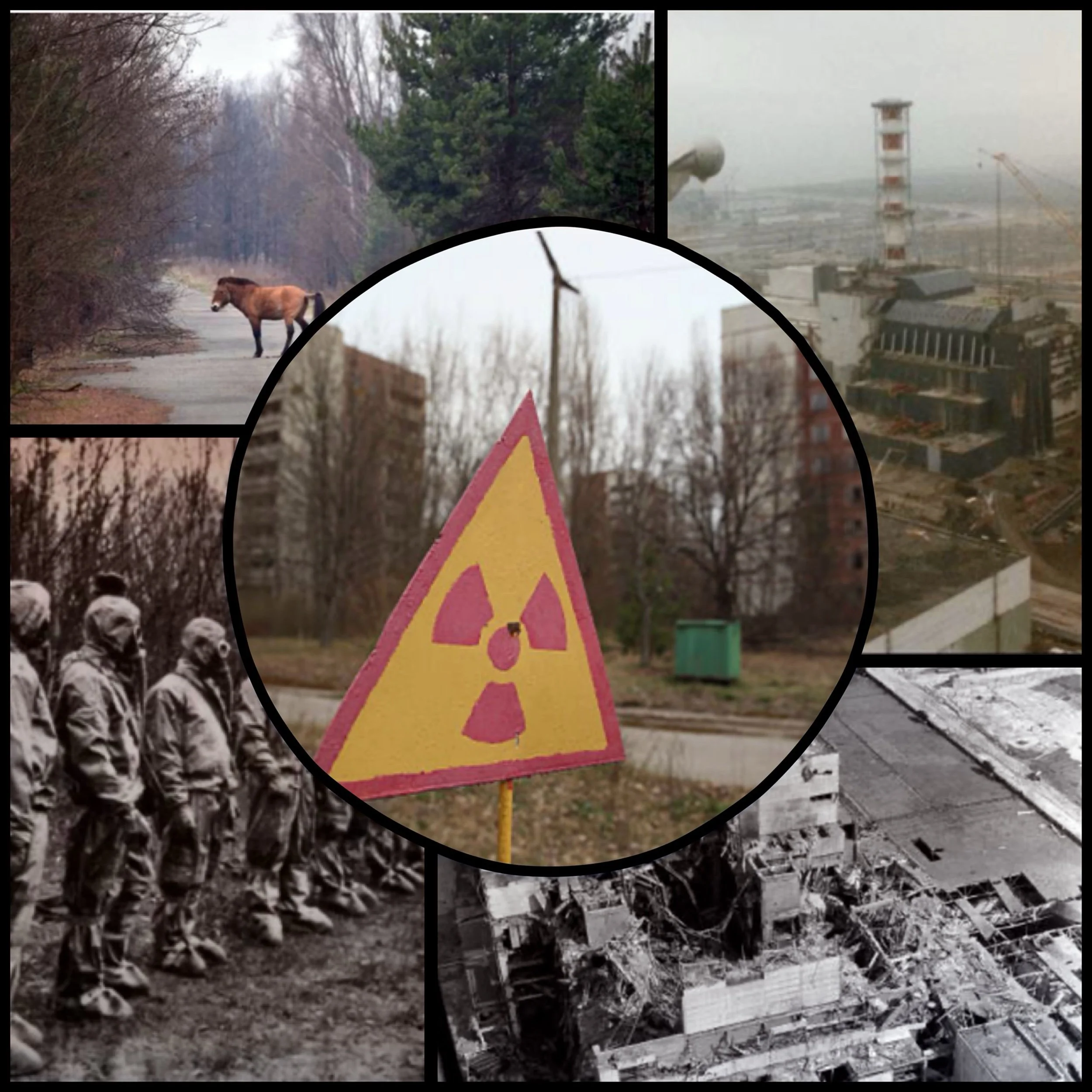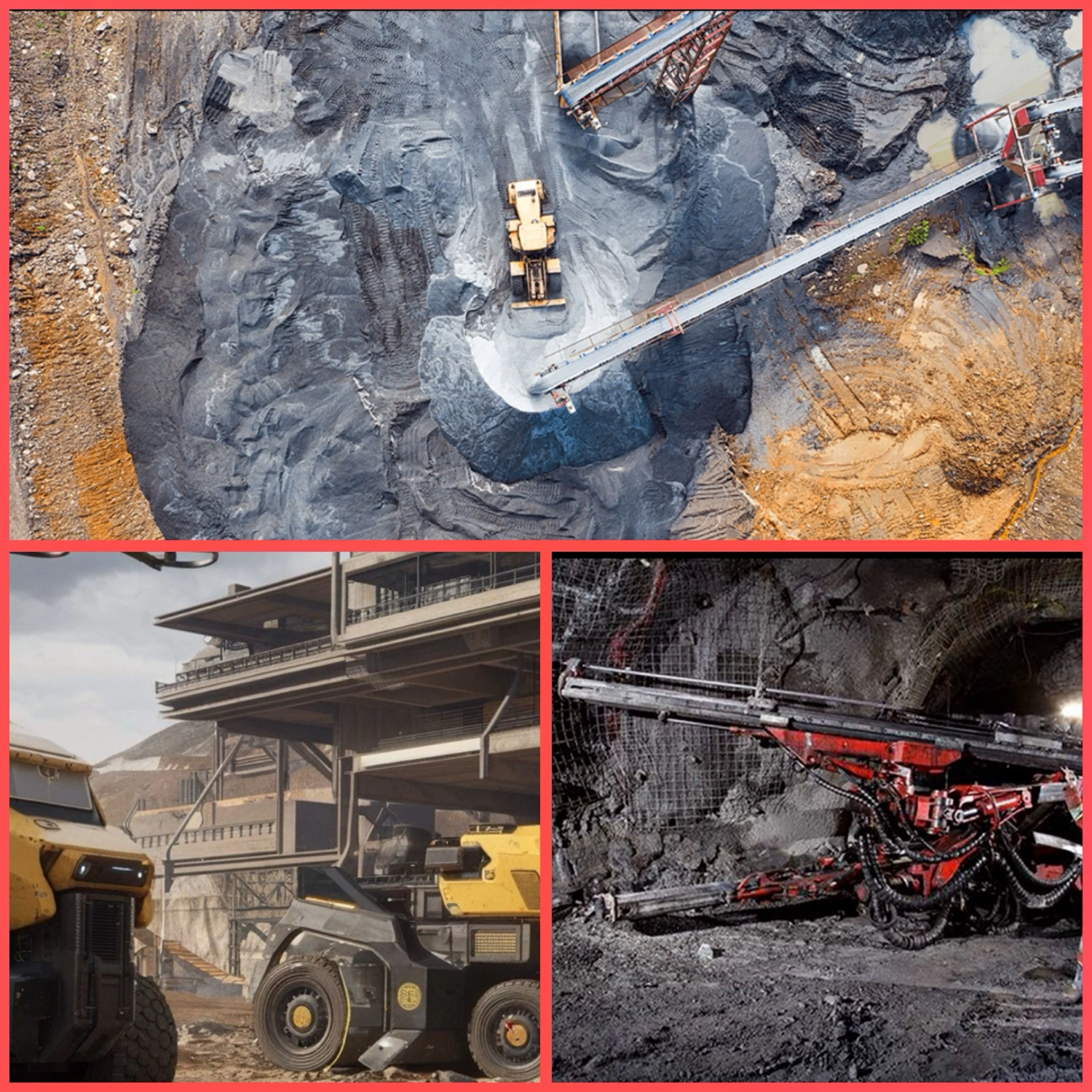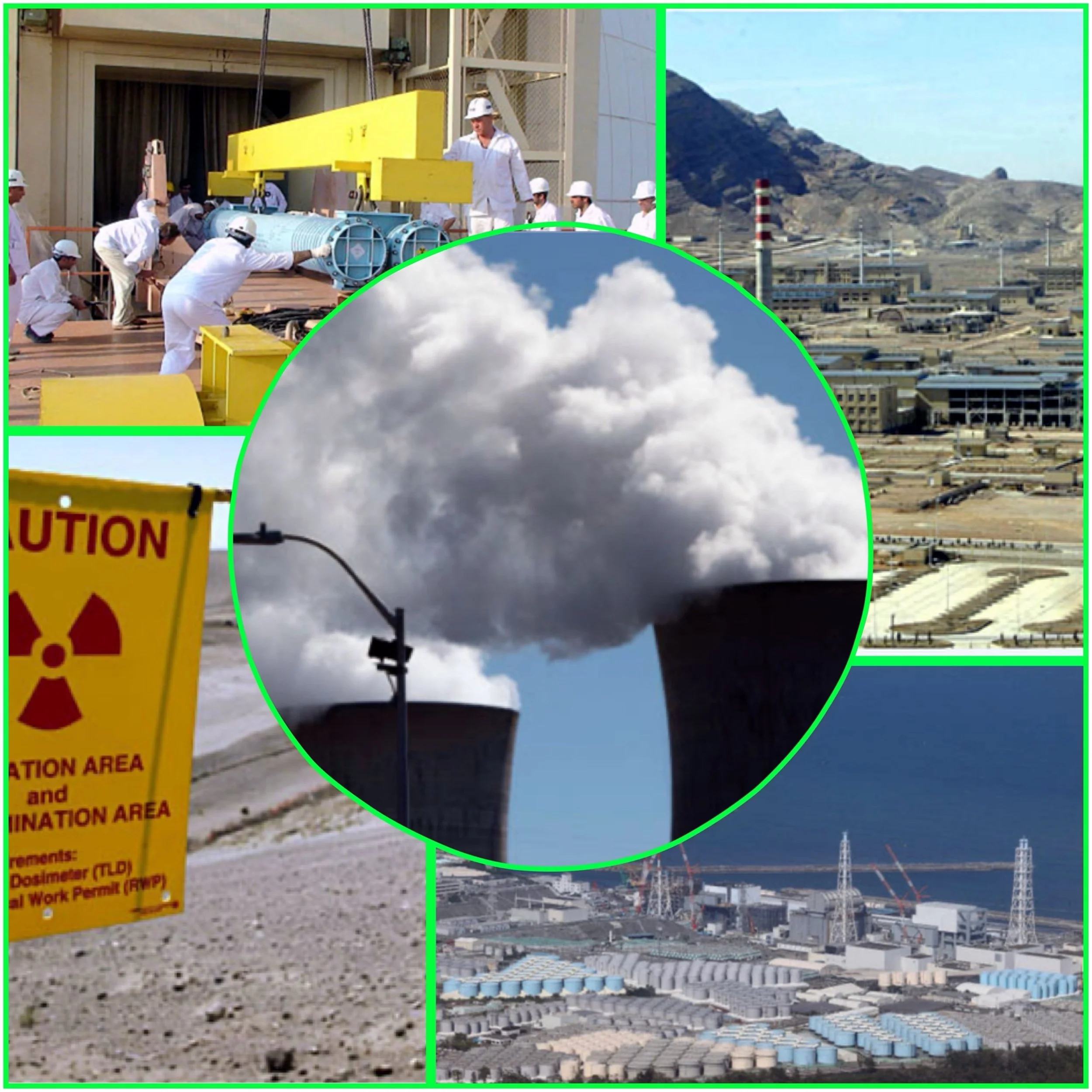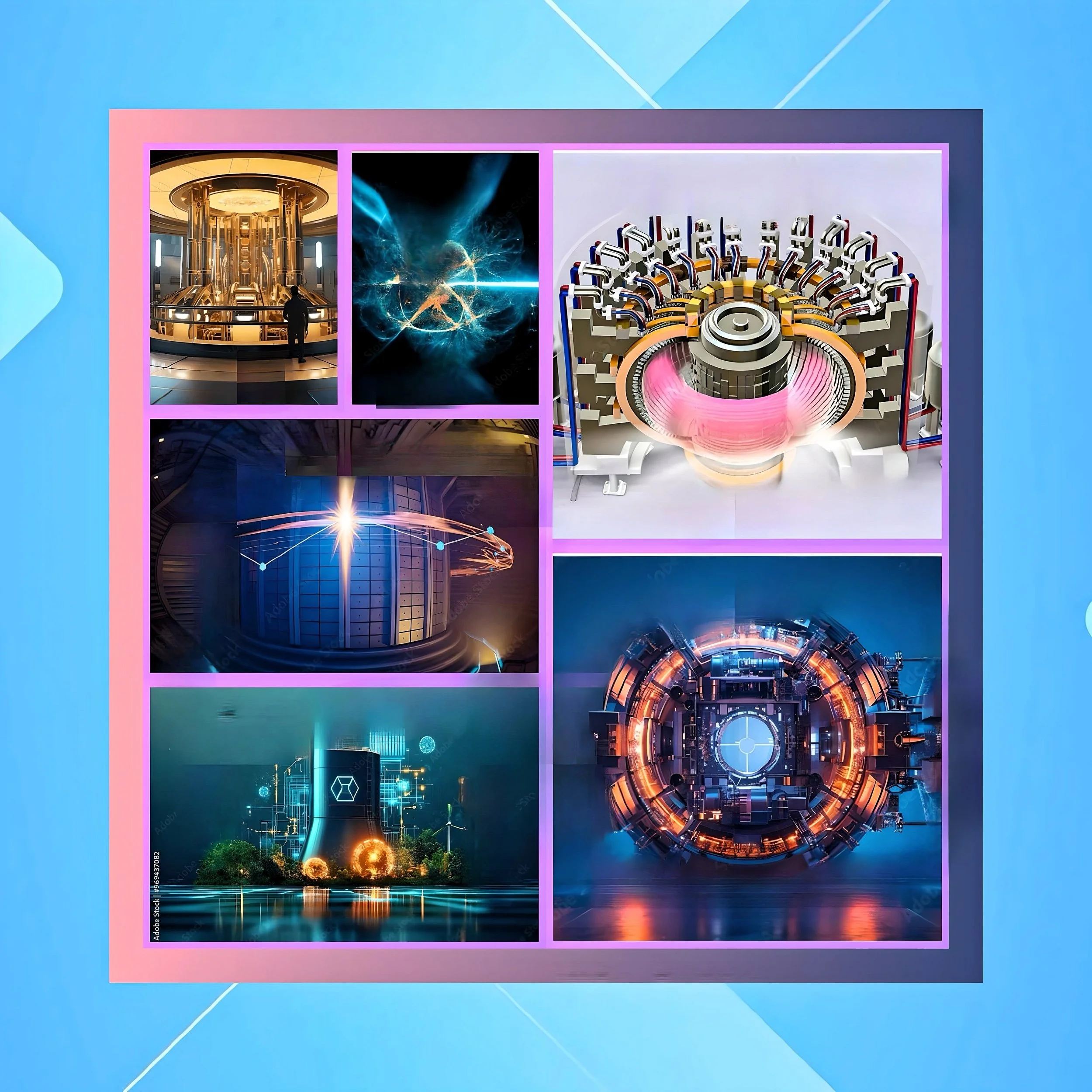Nuclear power plants - benefit/cost/ban
Introduction
As of December 2024, there are approximately 422 operational nuclear reactors across 33 countries worldwide. Here’s a breakdown of the number of reactors by country for the top nuclear power producers:
Top Countries by Number of Operational Reactors
United States: 92 reactors
France: 56 reactors
China: 55 reactors
Russia: 37 reactors
Japan: 33 reactors
South Korea: 25 reactors
India: 23 reactors
Canada: 19 reactors
Ukraine: 15 reactors
United Kingdom: 9 reactors
Other Notable Countries
Spain: 7 reactors
Belgium: 6 reactors
Czech Republic: 6 reactors
Sweden: 6 reactors
Pakistan: 6 reactors
Switzerland: 4 reactors
Finland: 5 reactors
Hungary: 4 reactors
Slovakia: 5 reactors
Emerging Nuclear Countries
Several countries are in the process of building their first nuclear power plants:
Bangladesh: 2 reactors under construction
Turkey: 4 reactors under construction
Egypt: 4 reactors under construction
Nuclear power plant disasters
The history of nuclear power has been marked by several significant incidents. Here are the most notable nuclear power plant accidents:
Chernobyl Disaster (1986)
The Chernobyl disaster in Ukraine (then part of the Soviet Union) is widely considered the worst nuclear accident in history:
Occurred on April 26, 1986
Caused by a flawed reactor design and human error during a safety test
Resulted in a steam explosion and subsequent fire, releasing massive amounts of radioactive material
At least 31 people died during the accident, with thousands more estimated to have died from long-term effects
Rated as a Level 7 event (the highest) on the International Nuclear Event Scale
Led to the evacuation of about 300,000 people and the establishment of a 2,600 km² exclusion zone
Fukushima Daiichi Disaster (2011)
The second worst nuclear accident occurred in Japan:
Triggered by a powerful earthquake and subsequent tsunami on March 11, 2011
Caused loss of power and cooling systems, leading to three reactor meltdowns
Resulted in the release of radioactive material and the evacuation of over 100,000 people
Also rated as a Level 7 event on the International Nuclear Event Scale
No immediate deaths from radiation, but long-term health effects are still being studied
Three Mile Island Accident (1979)
This incident in Pennsylvania, USA, was the most serious in U.S. commercial nuclear power plant history:
Occurred on March 28, 1979
Caused by a combination of equipment malfunctions, design-related problems, and human errors
Resulted in a partial meltdown of the reactor core
No immediate deaths or injuries, but led to significant changes in nuclear safety regulations and public perception of nuclear energy
Other Notable Incidents
Kyshtym Disaster (1957, Soviet Union): A serious nuclear accident at a plutonium production facility
Windscale Fire (1957, UK): A fire at the Windscale nuclear reactor released radioactive contamination
Tokaimura Nuclear Accident (1999, Japan): A criticality accident at a uranium reprocessing facility killed two workers
These incidents have significantly influenced nuclear safety protocols, regulatory frameworks, and public perception of nuclear energy worldwide.
The cost of building a nuclear power plant varies widely and has increased significantly over time. Based on recent estimates and projects
Current Cost Ranges
$5,500/kW to $8,100/kW: Estimated total costs (including escalation and financing) for new nuclear units in the United States
$8,475/kW to $13,925/kW: Range provided by Lazard in 2023, with the high end based on Plant Vogtle estimates
$13,400/kW: Actual cost for Plant Vogtle Unit 3, completed in 2023
International Variations
$2,157/kW to $6,920/kW: Range across different countries, according to a 2020 IEA/NEA report
South Korea, India, China, and Japan tend to have lower costs
UK and US typically have higher costs
Cost Breakdown
60-80% of a nuclear plant’s electricity cost comes from construction
Capital costs account for at least 60% of the levelized cost of electricity (LCOE) for nuclear plants
Factors Influencing Costs
Increased competition for resources and commodities
Regulatory changes and safety requirements
Construction delays and financing costs
Lack of standardization and experience in some countries
Historical Trends
US plants started in the late 1960s cost about $1,000/kW (in 2010 dollars)
Costs rose significantly in the 1970s and 1980s
Most countries have seen steadily rising construction costs, with South Korea being a notable exception
It’s important to note that these costs can vary significantly based on location, regulatory environment, and specific project details. The high upfront costs of nuclear plants remain a significant challenge for the industry, especially when compared to other energy sources like wind or natural gas.
several countries have implemented bans or restrictions on nuclear power plants:
Countries with Complete Bans
Australia: Nuclear power is illegal
Austria: Nuclear reactions are forbidden by law since 1978
Denmark: 1985 law prohibits production of nuclear power
Ireland: No nuclear power plants allowed
Italy: Nuclear power has been illegal since 2011
New Zealand: Nuclear power is prohibited
Countries with Partial Restrictions
Germany: Completed its nuclear phase-out in April 2023, closing all remaining reactors
Spain: Has banned the construction of new reactors
Switzerland: Has banned the construction of new reactors, though there are discussions about potentially reversing this ban
Belgium: Plans to phase out nuclear power by 2035
Countries with De Facto Restrictions
Several countries have de facto restrictions on nuclear power, meaning they don’t have explicit bans but have policies or public opinions that effectively prevent new nuclear construction:
Greece: Has a research reactor in extended shutdown and no plans for nuclear power
Portugal: Decommissioned its research reactor in 2019 and has no nuclear power plants
Luxembourg: Has no nuclear power plants and no plans to build any
It’s worth noting that nuclear policies can change over time. For example, some countries are reconsidering their stance on nuclear energy in light of climate change concerns and energy security issues.
Conclusion
It’s important to note that the number of operational reactors can fluctuate due to new constructions, retirements, and long-term shutdowns. Additionally, many countries have plans for future reactors, with China leading in new nuclear power plant construction.






